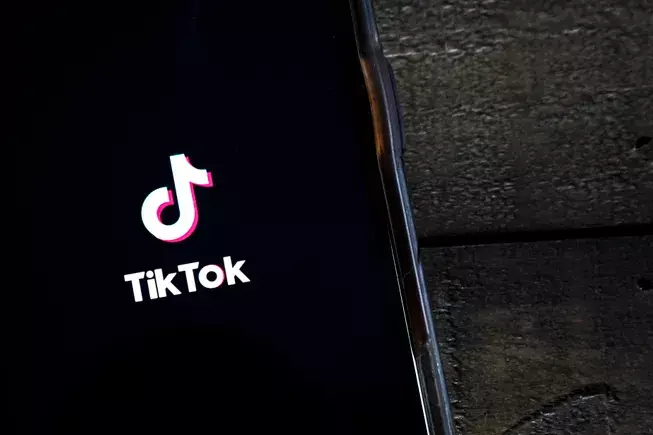In an era where digital borders are increasingly rigid, TikTok’s recent developments reveal a pivotal shift in how the platform intends to operate within the United States. The creation of a separate, U.S-only version—codenamed “M2”—signals more than just a compliance measure; it signifies a strategic maneuver to retain influence while navigating complex geopolitical waters. This move is a direct response to mounting regulatory pressure, aiming to balance the company’s global ambitions with national security concerns. However, the implications of this bifurcation stretch far beyond simple compliance, hinting at a nuanced game of technological and political chess.
This tailored U.S. version will require users to download an updated app, with a deadline set for March 2026, yet the details remain intentionally obscure. What’s clear is that this split presents a double-edged sword: it could allow ByteDance, TikTok’s Chinese parent company, to contain potential security risks associated with foreign influence while preserving their core assets. Simultaneously, this segmentation may threaten TikTok’s core strength — its highly personalized and addictive algorithm — which is central to user engagement and advertising revenue. If the US-specific app restricts algorithm access or content customization, the platform risks its primary appeal, which has propelled it to global prominence.
Political Dynamics: Geopolitics as a Catalyst for Tech Restructuring
The timing of these developments aligns with increasing political pressure. President Trump’s recent declaration of a “ready and approved” buyer group suggests that the U.S. government is maneuvering towards a resolution that emphasizes national security without outright banning the app. This approach indicates a shift from outright prohibitions to containment strategies—aiming to isolate TikTok’s influence within controlled boundaries, possibly through a partial sale or operational restructuring.
However, the U.S. government’s objectives are not purely about data security; they also encompass a desire to assert technological sovereignty. For years, Western authorities have viewed Chinese tech giants through a lens of suspicion, fearing espionage or undue influence. Adjusting TikTok’s structure could serve as a blueprint for how future foreign-developed platforms are handled, setting a precedent for stringent oversight or divisive operational models. Whether these moves hasten or hinder innovation remains to be seen, but what’s evident is that geopolitics now heavily dictate the trajectory of tech giants.
Consequences for TikTok’s Ecosystem and Competitive Landscape
From a user experience perspective, the creation of a “split app” could complicate TikTok’s most compelling aspect: its algorithm-driven content discovery. If the U.S. version is isolated from the Chinese version’s algorithm, the platform risks losing its magic touch—its ability to deliver highly tailored content that keeps users hooked. This could degrade engagement, undermine advertising revenues, and ultimately diminish TikTok’s competitive advantage over rivals like Instagram Reels or YouTube Shorts.
Moreover, this split may reshape how TikTok is perceived on the global stage. Critics may argue that such segmentation fragments the platform’s community, reducing the seamless global sharing that initially made TikTok so successful. Conversely, proponents could see it as a pragmatic step to ensure the app’s survival in a fiercely contested geopolitical environment. Nonetheless, the entire ordeal underscores the crucial importance of algorithmic control in modern social media monopoly—where content personalization is both a weapon and a vulnerability.
Broader Implications: A Testing Ground for Data Sovereignty and Technological Autonomy
Ultimately, TikTok’s unfolding saga exemplifies a broader shift in the tech world—where national governments are asserting more power over data governance and platform operation. The envisioned U.S.-only app may serve as a prototype for future scenarios, where cross-border digital services need to be compartmentalized to placate security concerns. This raises fundamental questions about the sustainability of the current centralized internet model, which is increasingly moving toward fragmented, nation-centric ecosystems.
If successful, TikTok’s strategic restructuring could inspire other tech platforms to pursue similar models, leading to a more fragmented digital landscape—one where user experience, data flow, and algorithmic control are compartmentalized by political boundaries. Such a future might mean more localized content ecosystems, stricter data sovereignty, and new forms of digital sovereignty. However, it also risks stifling innovation, reducing transparency, and creating digital divides that fragment online communities.
In this context, TikTok’s next steps are more than just a corporate maneuver—they serve as a litmus test for how technology, geopolitics, and corporate strategy will intertwine in the decades ahead. The platform’s ability to adapt while maintaining its core appeal will determine whether this strategic shift succeeds or becomes an obstacle to its continued global dominance.

